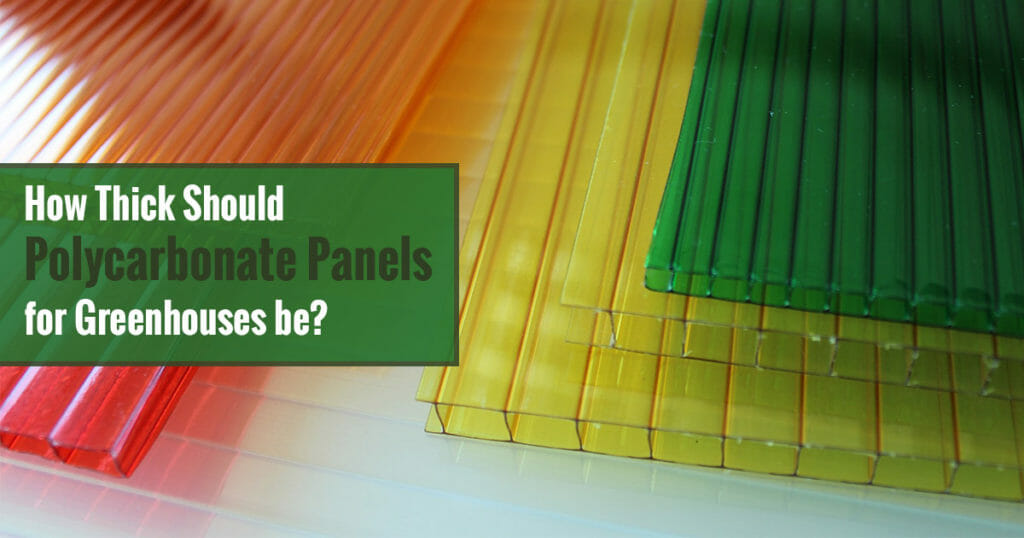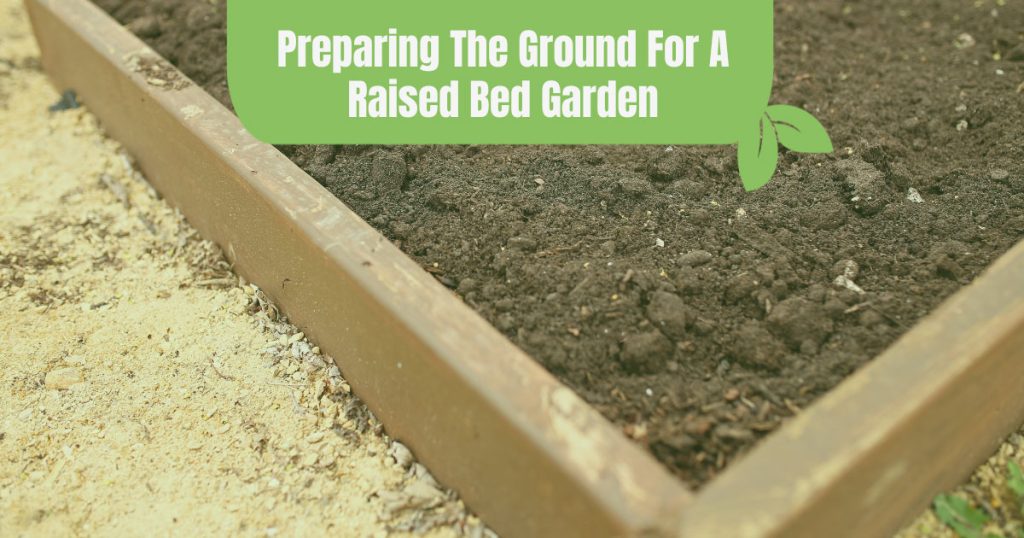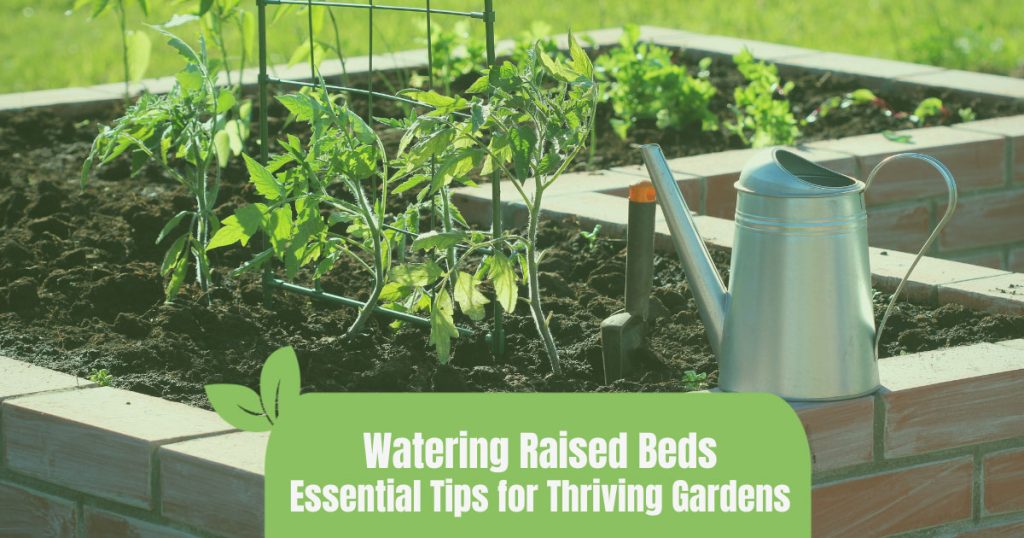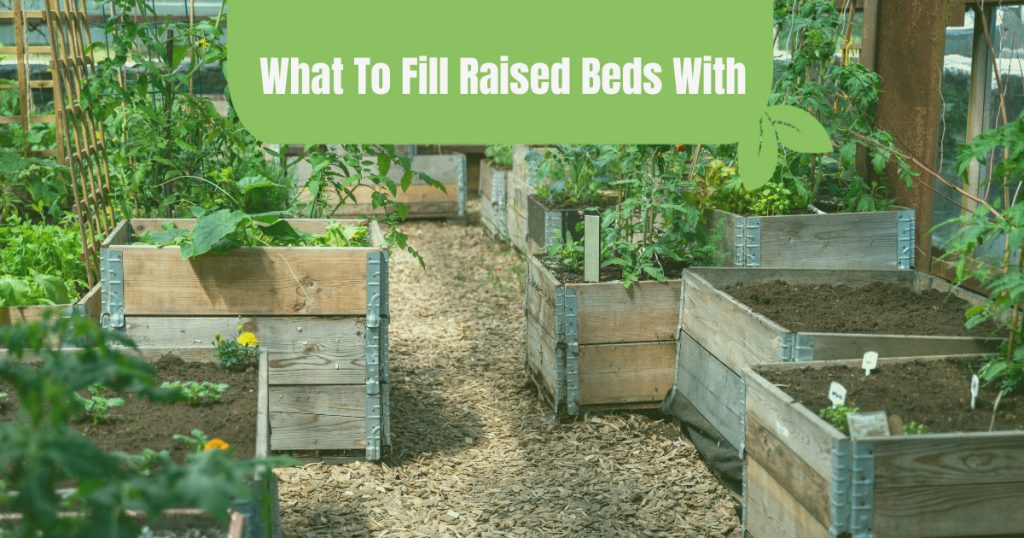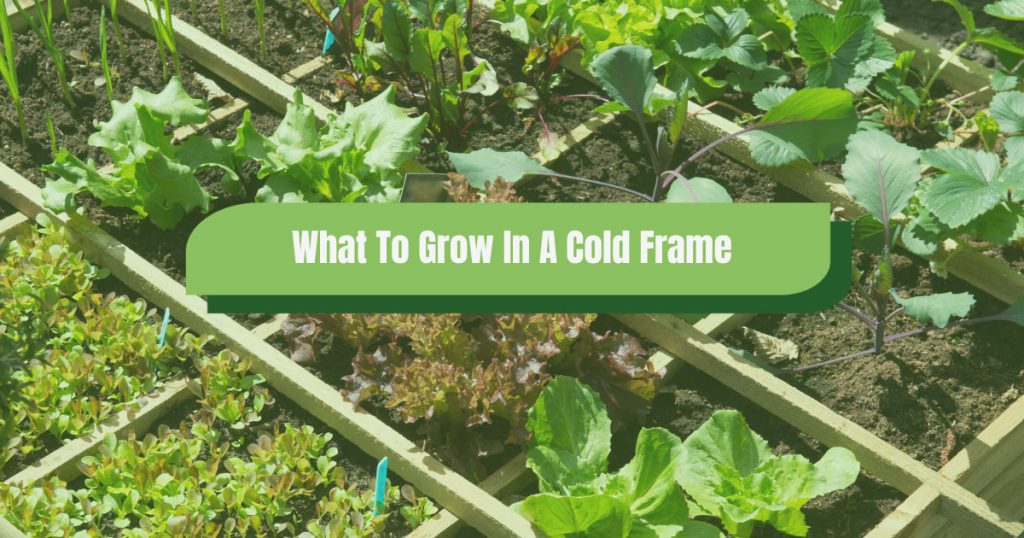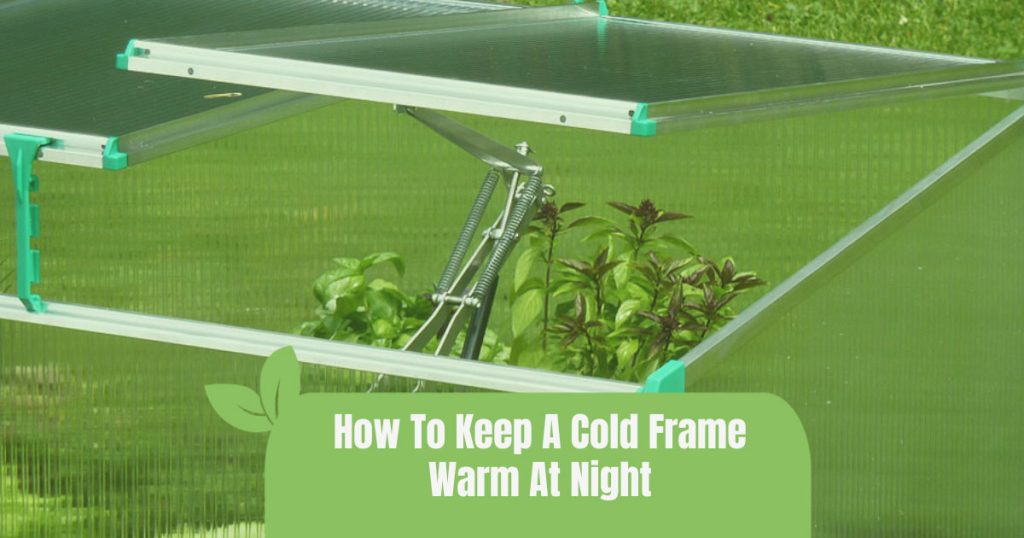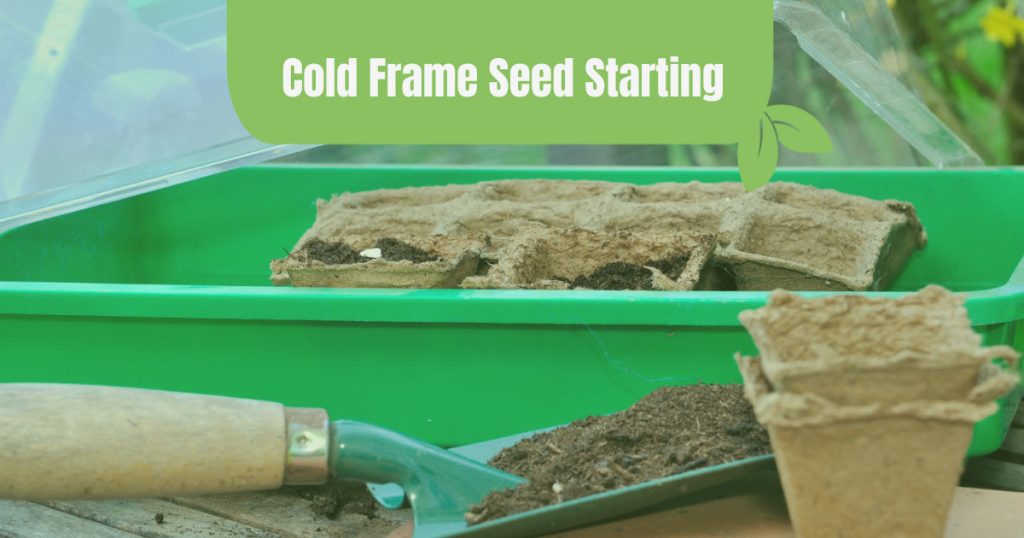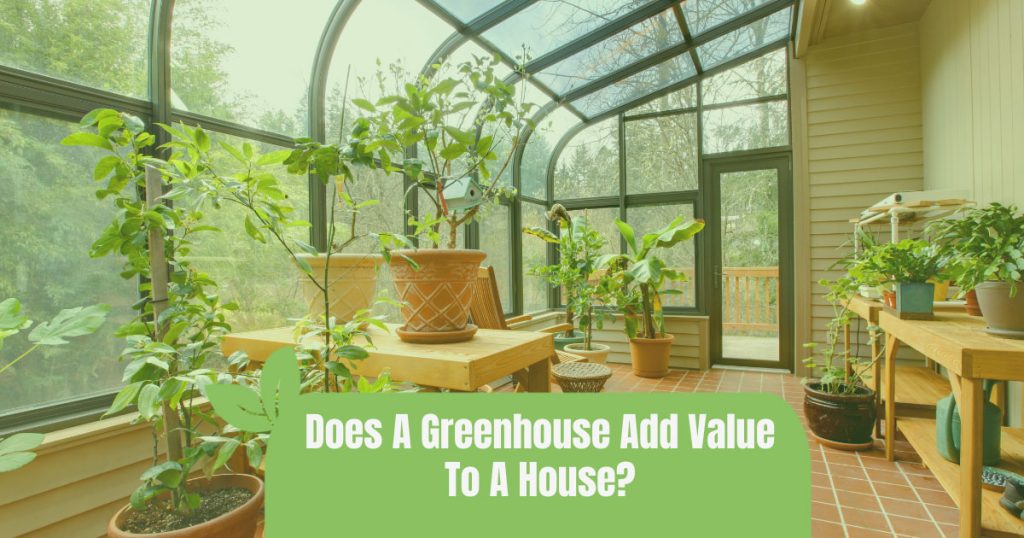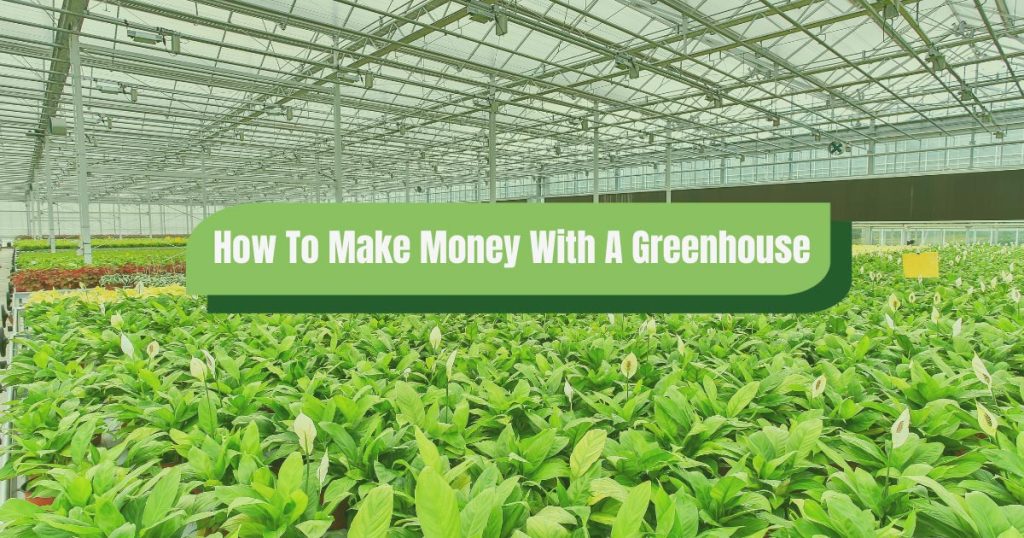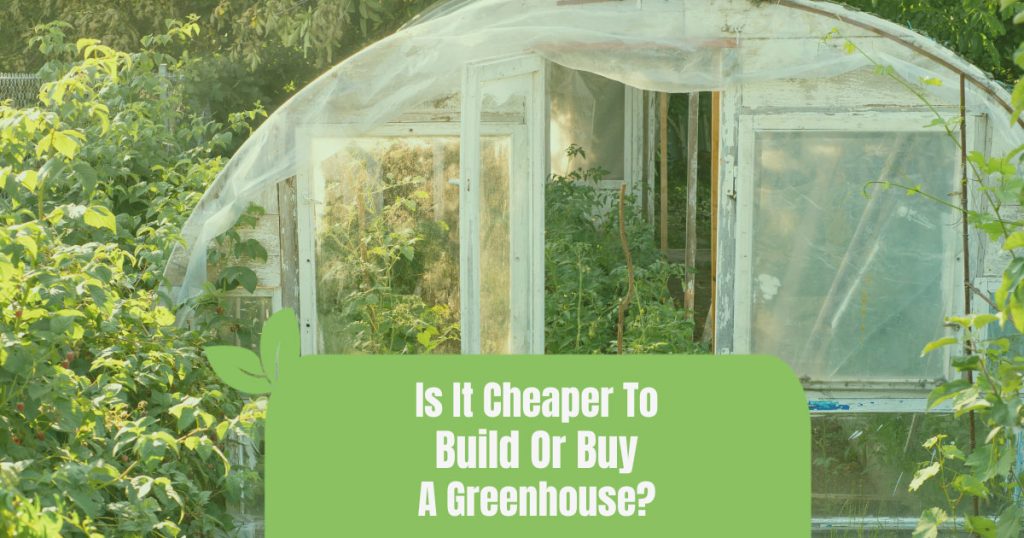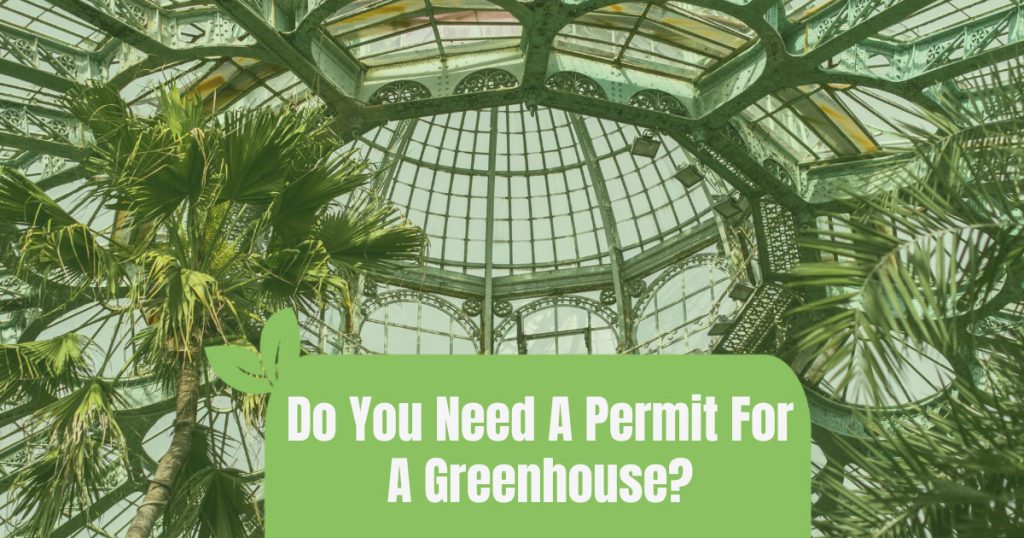


If you want to grow plants in your greenhouse through the winter, you’ll need some kind of heating system to make sure that your plants thrive despite the cold. While electric heaters and gas heaters can be great options, they can also get expensive, especially with rising energy costs. Luckily, there are other heating options that are budget-friendly.
Hands down the cheapest way to heat your greenhouse is to improve its insulation properties, ensuring that the sunlight that gets absorbed as heat during the day remains trapped inside through the night. Then, if you want to heat your greenhouse up even more, you can couple insulation with other effective and low-cost heating strategies such as sealing leaks, using targeted heating, or dividing your greenhouse into sections.
In this article we’ll guide you through these and other economical solutions to heating your greenhouse. Plus, we’ll address the critical concern of whether your plants can survive the winter chill without these measures. So read on to learn straightforward, budget-friendly strategies to maintain a warm greenhouse during the cold months!
What Is the Cheapest Way to Heat a Greenhouse in Winter?
If you’re looking to maintain a stable temperature inside your greenhouse when the sun goes away and outside temperatures drop, the best (and cheapest) way to do so is to trap the heat inside with extra insulation. Just as a house loses most of its heat through windows and cracks under doors, so, too, can a greenhouse quickly lose its heat without insulation. That’s why it’s important to select the right kind of greenhouse glazing for your climate.
However, even the warmest greenhouse glazing is bound to let some heat escape during cold snaps. By adding additional insulation to the glazed parts of your greenhouse, you’ll keep the warmth where it belongs: with your plants.
Bubble wrap insulation, especially horticultural bubble wrap, is one of the best ways to heat a greenhouse without electricity and reduce heat loss. While you can use regular bubble wrap in a pinch, horticultural bubble wrap has larger bubbles that don’t block out the sun’s rays.
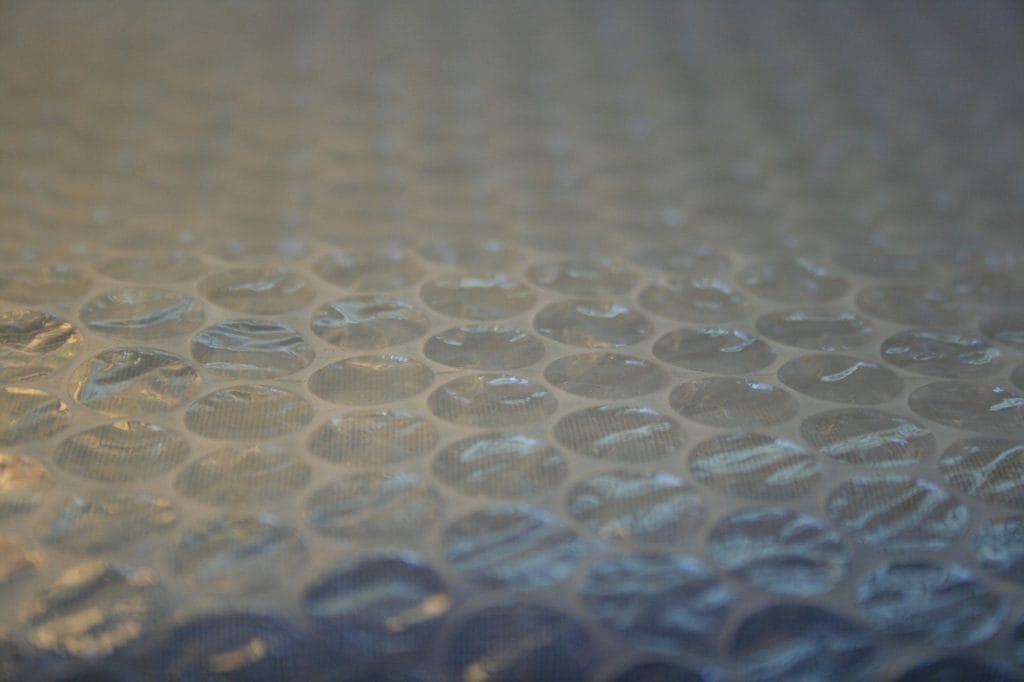
Other ways to insulate your greenhouse include adding straw bales around the walls or putting thick moving blankets up on the wall panels; however, both of these methods can greatly reduce the amount of sunlight that comes through, so you may need to supplement your plants with grow lights if you choose to go this route.
And remember, it’s just for the winter months; come summer, you can strip it off and let your plants bask in direct sunlight.
Other Cheap Ways of Heating a Greenhouse
If you want your greenhouse to be considerably warmer than outside temperatures, you may need to do more than add extra insulation. The good news is that there are plenty of ways to heat your greenhouse on the cheap.
Inspect and seal your greenhouse
A greenhouse with leaks is like a sieve; any heat inside is bound to escape! To make sure that your greenhouse can properly trap natural heat inside, you want to look for any cracks or gaps and seal them with weatherproof tape or silicone caulk.
This simple preventative measure is one of the most cost-effective ways to retain heat, as it stops warm air from escaping and cold air from entering. It’s a task that requires some attention to detail, but the payoff is a snugger, warmer space for your precious plants without the constant hum of a heater.
After sealing the obvious leaks, consider adding weather stripping around doors and windows. These areas are often overlooked, yet they can be significant culprits in heat loss. By ensuring these parts of your greenhouse are tightly sealed, you’re taking another step towards an energy-efficient winter haven for your greenery.
Divide your greenhouse
If you don’t plan to use your entire greenhouse during the winter, or if you have a large greenhouse, you might be able to further reduce heat loss and heating costs by dividing the greenhouse into zones. You can use clear plastic sheeting or insulated curtains to create smaller sections or ‘rooms’ that can be heated independently.
By dividing your greenhouse, you can provide warmth (and maintain it) where it’s needed most, such as for young seedlings or tropical plants, all while reducing the energy required to heat less sensitive areas.
To take this one step further, consider using these divisions to create microclimates within your greenhouse. Each section can be tailored to the specific needs of different plant groups, optimizing conditions for their growth.
Install thermostat-controlled heaters
If you still want a heater for your greenhouse, make sure to select one with a built-in thermostat. These heaters only turn on when temperatures dip below a set level, and turn off after they’ve reached the desired temperature. This way, your greenhouse is only heated as necessary, saving you money on energy bills and reducing the risk of heater-related accidents.
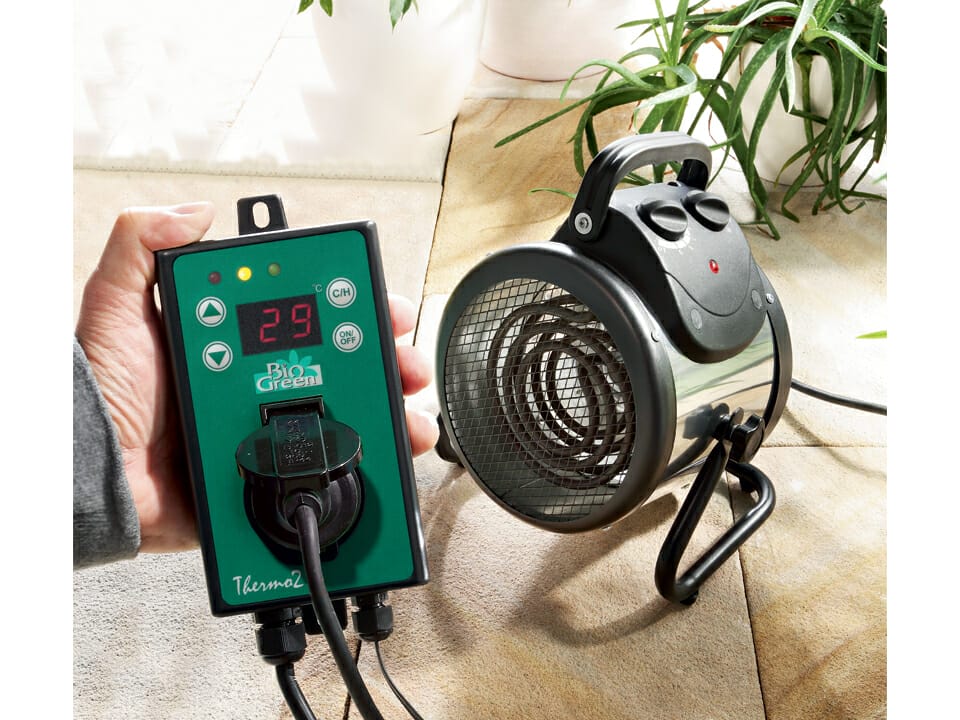
Depending on the cost of electricity and natural gas in your area, it could be more cost-efficient to have an electric heater as opposed to a gas heater, or vice versa. Though both options can heat a greenhouse efficiently, electric fan heaters distribute warm air evenly, while oil-filled radiators provide a more concentrated source of heat. The key is to select a heater that matches the size of your greenhouse and the specific needs of your plants, ensuring efficient operation and optimal growing conditions.
We do not recommend using a wood-burning stove to heat your greenhouse, because of the dangers associated with leaving them unattended.
Use heat mats for targeted warmth
Heat mats are an excellent solution for providing targeted warmth to the plants that need it most. Placing these mats under seed trays or pots can encourage faster germination and growth during the colder months. They’re particularly useful for propagating cuttings or warming the root zone of plants that thrive in higher temperatures.
Plus, heat mats are energy efficient because they concentrate heat exactly where it’s needed, reducing the need for ambient heating. They come in various sizes and can be used individually or combined to cover larger areas. With their low energy consumption, heat mats are an economical way to protect your most delicate plants from the cold.
Create DIY thermal mass heaters
The concept of thermal mass heaters is simple: they act as a heat sink, absorbing heat when it’s available and releasing it when the temperature drops. You can create your own radiant heater by filling containers such as water barrels and painting them black to absorb maximum heat during daylight hours.
In our experience, positioning thermal mass heaters strategically can maximize their effectiveness in maintaining the correct minimum greenhouse temperature. For example, placing them along the north wall can prevent them from casting shadows over your plants while ensuring they still capture and store a significant amount of heat.
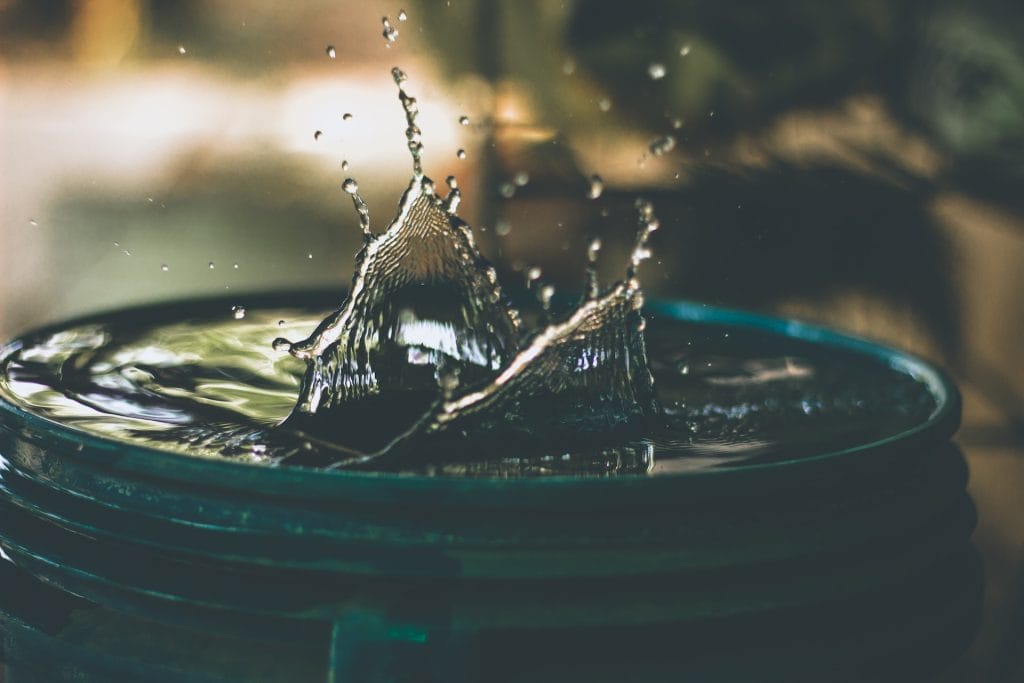
This method is particularly effective when combined with other heating strategies, offering a buffer that can smooth out temperature fluctuations and reduce greenhouse heating costs.
Utilize passive solar heat
Passive solar heating is a straightforward and eco-friendly approach to warming your greenhouse. By placing black water containers against the north wall, they absorb solar energy during the day and release it as heat at night, helping to maintain a consistent temperature with minimal cost.
To maximize this method, ensure the containers are positioned to get as much sunlight as possible and are made from materials that retain heat well. This technique, though it won’t provide much heat on its own, it’s especially effective when combined with other heating strategies.
Will Plants Freeze Without Heat?
At this point you might be wondering if it’s worth bothering with these methods at all. Isn’t the point of a greenhouse to keep plants warm all year-round? While it’s true that even an unheated greenhouse is warmer than outside, more so with double- or triple-walled glazing, a greenhouse can still reach freezing temperatures in a cold climate.
The risk of your plants freezing is a real concern as temperatures drop. Our research and experience show that, particularly in regions where the winter sun is less intense, the cold can penetrate greenhouses, causing damage to or even killing sensitive plants.
This is especially true for species that are not native to the northern hemisphere or those with higher moisture content in their cells, which makes them more susceptible to freezing. These include crops such as tomatoes, lettuce, and squash. Plants that are more likely to survive a freeze include kale, carrots, and cabbage. Still, even hardy plants can suffer freeze damage if the temperatures drop too low.
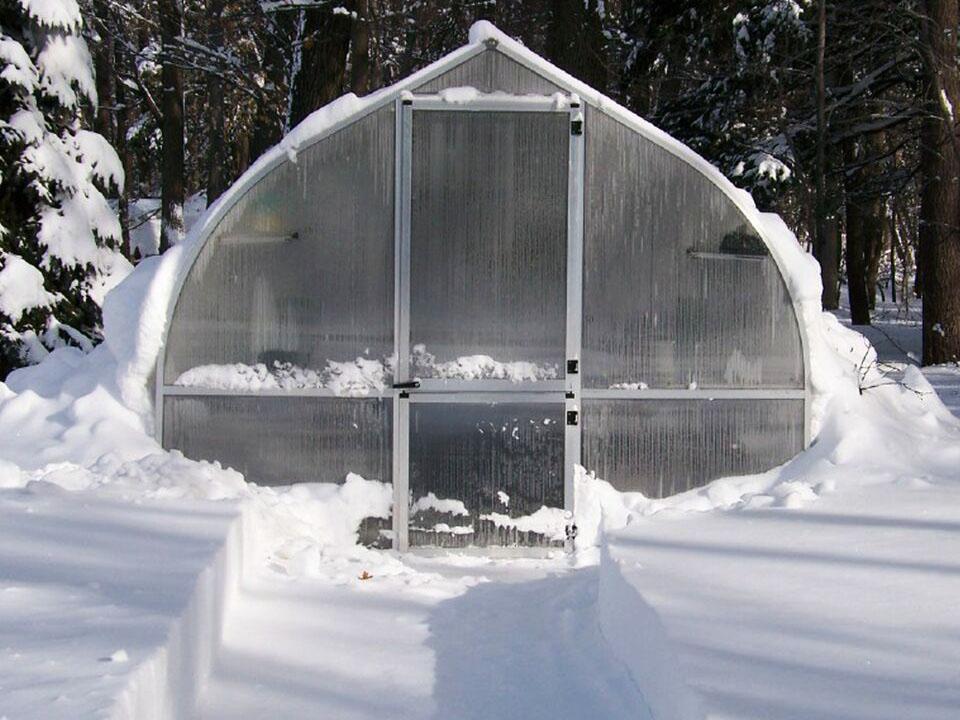
Fortunately, it’s possible to prevent your plants from freezing without having to install a greenhouse heater; simply implement some of the above strategies–such as sealing gaps or installing horticultural bubble wrap–to protect your plants from the cold.
Remember, winter greenhouse gardening is all about maintaining a stable environment where your plants can survive during the colder months. With a little preparation and the right techniques to meet your greenhouse’s heating requirements, you can avoid the heartache of frostbitten plants and the frustration of starting your garden from scratch when warmer weather returns.




